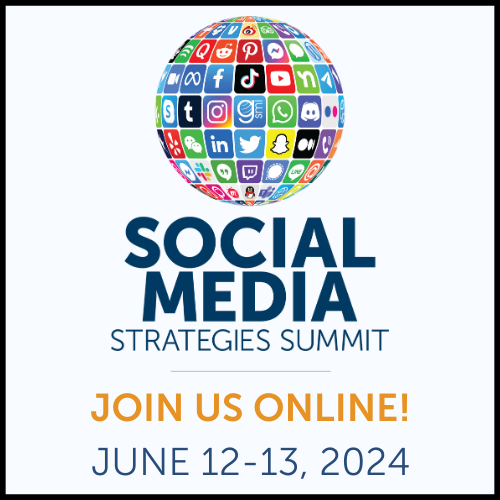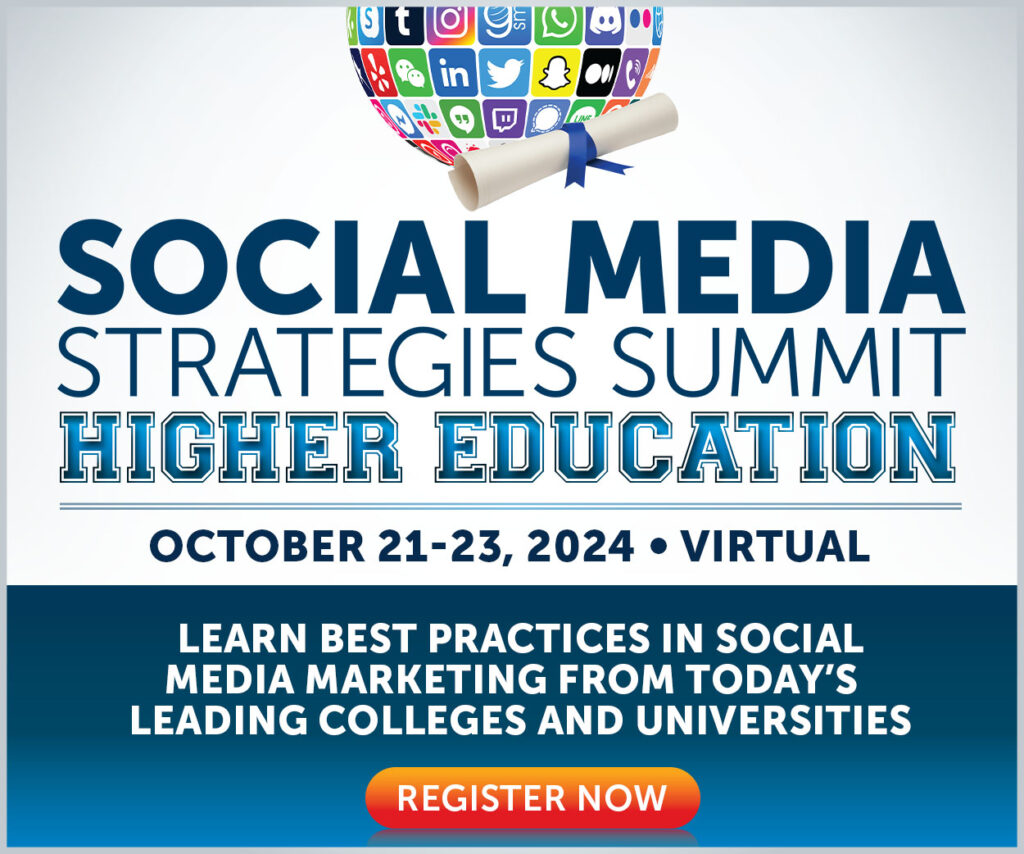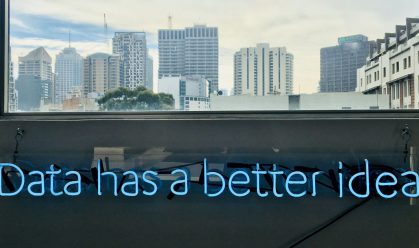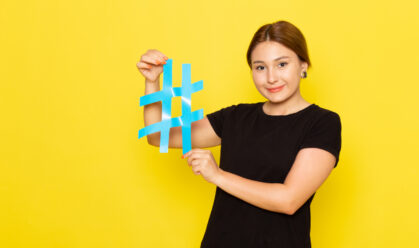In the battle for your customer’s attention, social media marketing campaigns must continually look to push the boundaries of creativity in order to cut through the noise and engage the audience. This is challenging, especially considering the speed at which content is consumed and discarded. (If you are interested in the lifespan of your social posts, check out this infographic).
To get your creative juices flowing, it can be helpful to look at some recent social media marketing campaigns that have been successful in capturing attention and driving results. Here are 14 examples that top the charts.
1. Dom the Bot Social Media Marketing Campaign by Domino’s
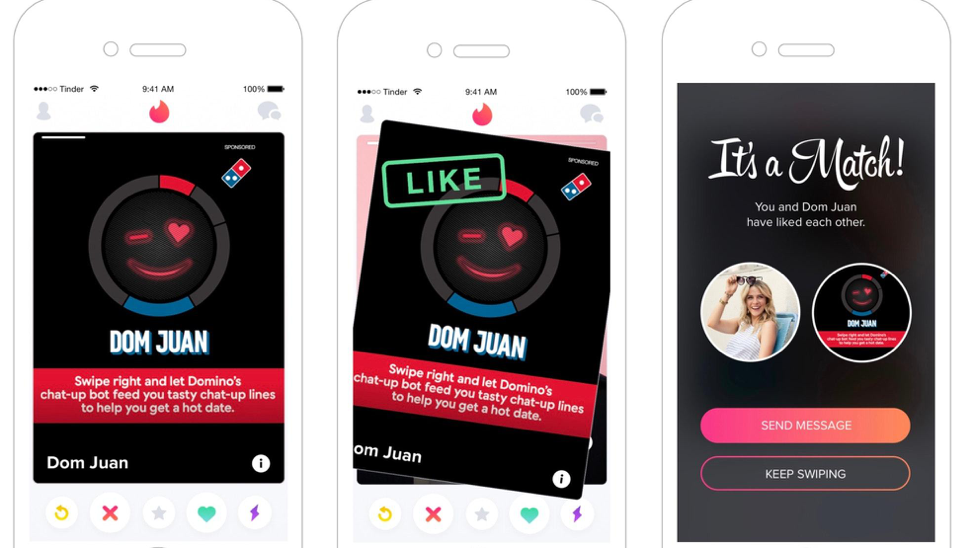
Dominos Dom Bot
Domino’s rolled out a full-menu ordering Facebook Messenger bot, Dom, ahead of the Super Bowl. The goal was simple: offer customers an easy and entertaining way to order their pizza for the big game. Cross-promotional campaigns to drive downloads took inspiration from Tinder’s swipe feature, encouraging customers to ‘swipe right’ for Dom.
RESULTS:
Launched on a day when Domino’s expected to receive about 12 million pizza orders, the company measured results from the campaign at an operational level. In testing the platform, Domino’s hoped to reduce phone calls and avoid a website slow down while creating a fun, online transaction experience for customers that actually saves them time.
TAKEAWAY:
Interact with customers where they are. What makes Dom so engaging is that the ordering process is easy to use. Domino’s thought about their customer and the platforms where they most often hang out. Seventy percent of millennials report their preference for the convenience and speed of chatbot transactions – and Domino’s planned accordingly. They didn’t ask the customer to go to their website or another channel to place an order; Domino’s came to them.
2. #WEACCEPT by Airbnb
In response to claims that Airbnb customers were facing discrimination on their platform, the company wanted to respond with a message of inclusion and equality. The #weaccept campaign went a step further, turning the message into an opportunity for people around the world to take action by supporting Airbnb’s wider refugee relief initiative.
RESULTS:
According to Airbnb, the campaign was the 3rd largest driver of earned impressions of all time – 87 million! – with these measurable results:
- On Twitter, #WeAccept was the #1 advertiser hashtag used during the Super Bowl
- Related campaign content shared to Facebook and Instagram was shared over 90,000 times and received over 500k likes
- Airbnb saw a 13% increase in site visitors after the campaign was launched
- To date, it has received 15.4K total volunteer host signups
TAKEAWAY:
Acknowledge issues customers are voicing about your brand. Airbnb could have tried to sweep the discrimination stories under the rug, but instead, they opted to address the claims head-on. By acknowledging they had a problem and identifying ways to fix it, they retained the trust of their community and stayed true to their company values.
3. The Great Pumpkin Spice Latte Hatch by Starbucks
It can be challenging to promote a product that’s getting into the maturity stage of the product life cycle, and that was exactly the problem that Starbucks was facing with its popular Pumpkin Spice Latte.
RESULTS:
Starbucks reported the Latte’s ‘strongest launch week yet’ with 8 million total video views, 140% increase in conversion, 220,000 viral actions and earned media coverage in numerous publications. The campaign also inspired ‘Pumpkinheads’ to create a Facebook group which discussed the campaign’s livestream.
TAKEAWAY:
Change the story. Once a product has been copied by competitors, it can be tempting to remind customers that your product came first. And while there is validity to this claim, it’s important to tell that story in a way that also reminds customers why they loved YOUR product so much to begin with. Brainstorm new ways to market your established products to maintain interest.
4. #Stopsucking by Lonely Whale Foundation
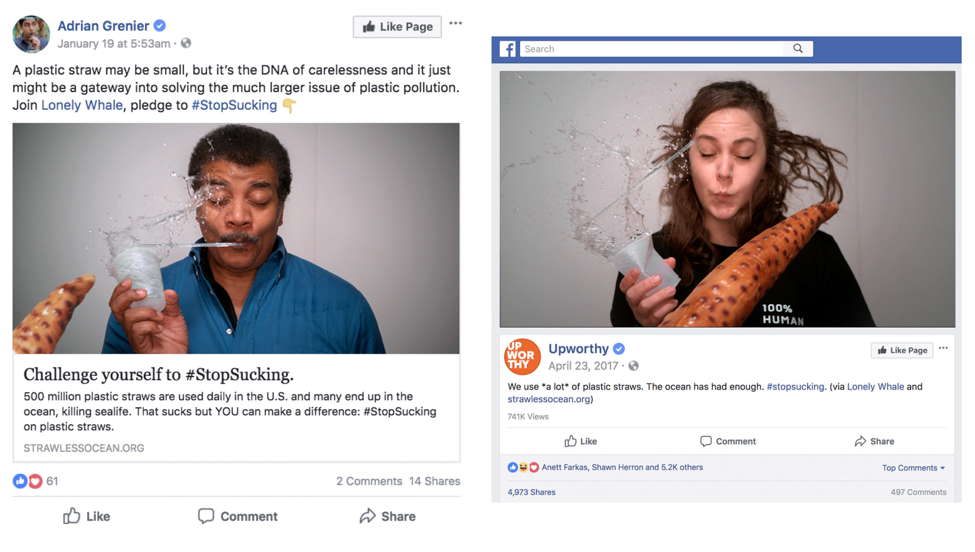
#StopSucking Social Media Marketing Campaign
According to the Lonely Whale Foundation, 500 million straws are used every day and frequently end up in the world’s waterways and oceans once disposed of. The goal of this campaign was to raise awareness of this issue beyond the foundation’s base of supporters, and ultimately reduce the number of straws used each year.
RESULTS:
StrawlessOcean.com reports that this campaign reached over 74.3 million across Twitter, Facebook and Instagram. #StopSucking earned over 50,000 pledges from people across the country to stop using plastic straws, resulting in 29.21 million plastic straws kept out of the waste stream (based on average use).
This campaign, paired with founder Adrian Grenier’s direct proposal to Starbucks to remove straws, has prompted the coffee giant to stop offering its green straws by 2020.
TAKEAWAY:
Leverage the power of celebrity. #Stopsucking’s creative art utilized the power of celebrity to fuel their 100% organic content. While we don’t all have access to the celebrity influence that Grenier does, this campaign shows that influencers will get on board with campaigns (for free!) that support social good. Include the social good or charitable aspects of your campaign as a part of your pitch to influencers.
5. Give a Shirt by Value Village
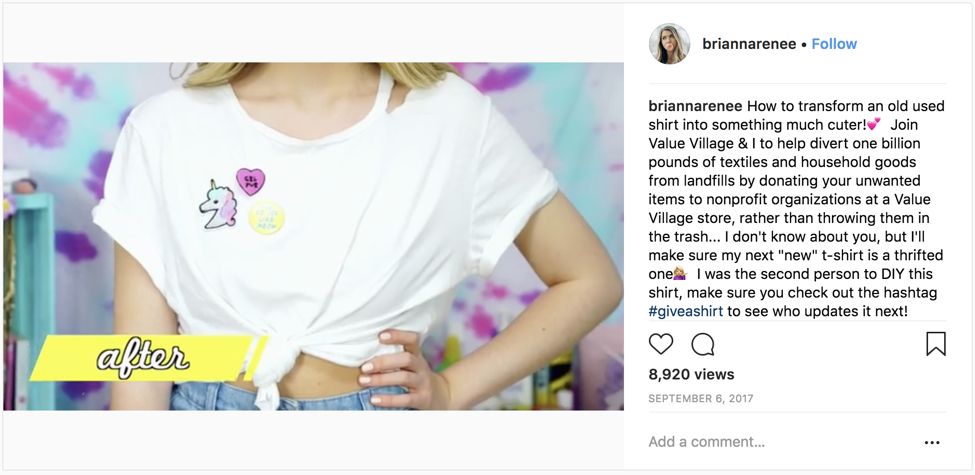
Give A Shirt
Value Village is a for-profit, global thrift retailer offering great quality, gently used clothing, accessories, and household goods. To drive brand awareness and ultimately store visits, the Give a Shirt campaign was developed with the goal of diverting clothing and home goods from landfills by reusing t-shirts.
RESULTS:
Across platforms, the campaign has over 100,000 total likes, comments, views, and shares of the content, and awareness continues to grow daily.
TAKEAWAY:
Make influencers a strategic part of your campaign. Value Village worked with the influencer marketing agency ZEFR to identify 3 relevant fashion and DIY influencers to take part in this campaign. They each received the same shirt to transform, share and send onto the next influencer. Rather than asking influencers to share the campaign, they made them a part of the campaign, capitalizing on their authentic interaction with the product and engaging their fans.
6. Museum of Ice Cream on Instagram
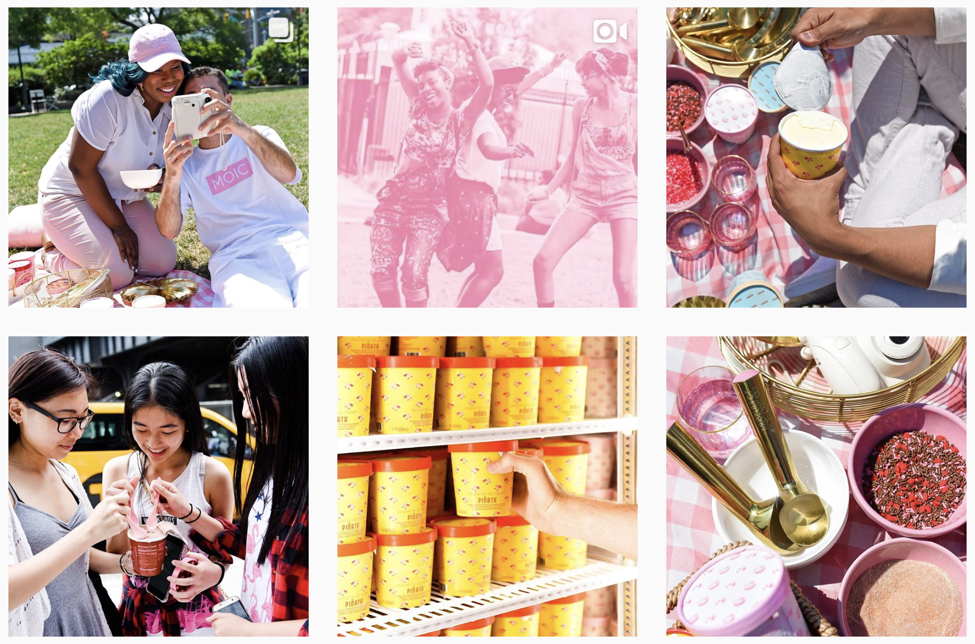
Museum of Ice Cream on Instagram
The Museum of Ice Cream was founded on the idea that something as universal and well-loved as ice cream could help to create an inclusive, accepting and happy place for all people. The goal of the museum’s Instagram is really to act as an extension of their physical spaces, making the museum equally enjoyed both digitally and at the 4 pop-up locations.
RESULTS:
MoIC has amassed an Instagram following of 295K organic followers, with an organic reach of 280 million and the #musuemoficecream hashtag has 72 million engagements.
Over 500K+ people visited one of the 4 locations, including influential celebrities like Beyonce, Kim Kardashian, Chance the Rapper, Gwen Stefani & many more.
TAKEAWAYS:
If you want people to share their experience, give them something shareable. Founder and Creative Director Maryellis Bunn considered how visitors would share their experience before anything else. The result is not a traditional educational approach to a museum, but an environment that was made to “bring people together and provoke the imagination.” In today’s social world, that means creating immersive experiences that make visitors want to take photos or videos and share them on social media.
7. National Donut Day by Dunkin Donuts
It’s no secret that donuts make pretty engaging social media content, and on a day like #nationadonutday it seems pretty obvious that the big donut brands would go all out. Dunkin Donuts took that as a challenge to test new technologies and dominate social media for the day.
RESULTS:
Dunkin Donuts easily out-performed their competition with the highest social share and over 6.5 million engagements. Further, the brand reported its 6th highest day of foot traffic ever, along with the most beverage sales of all time.
TAKEAWAY:
Cross-channel activation is critical to driving reach. Dunkin Donuts’ campaign creative was colorful, fun and everything social media content should be, but the brand took it to the next level by testing new platforms and technologies to pair with social activation. For example, Dunkin Donuts provided branded emojis and gifs so customers could send DD themed messages. Consumers use an average of almost six touch-points when deciding to buy an item. It’s important to think through what channels will complement your social campaign to drive greater results.
8. (RED) on Instagram
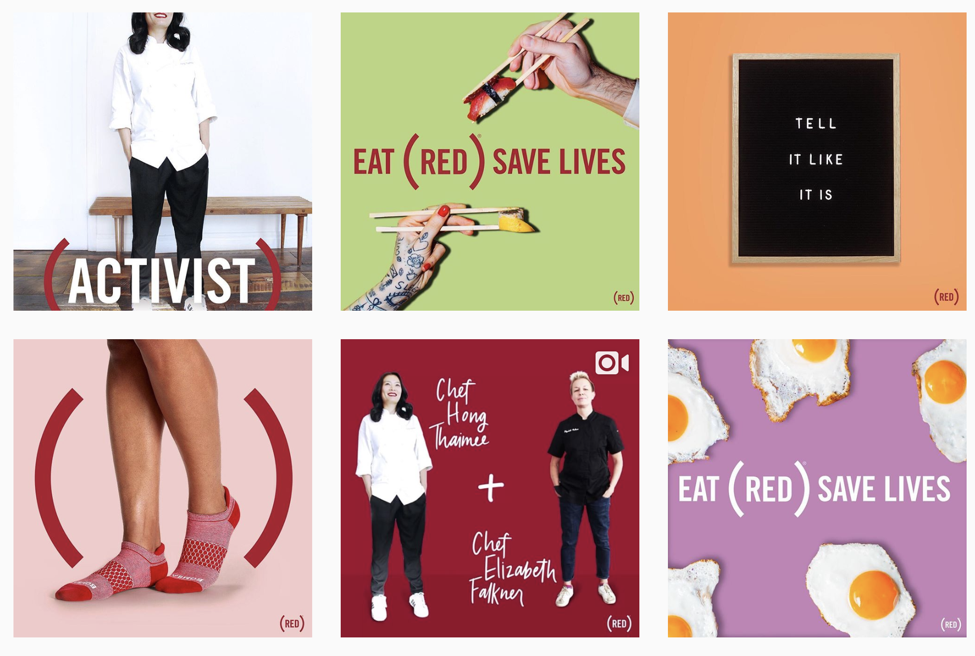
Red Social Media Marketing Campaign
In 2017, the (RED) team identified a need to expand awareness among a younger audience and increase engagement across their existing community in order to continue the fight against AIDS. To achieve these goals, the brand took to Instagram.
RESULTS:
(RED)’s renewed focus on Instagram resulted in increased reach of approximately 100% year over year, with increased average engagement from 765 in 2016 to 1,100 in 2017. The majority of their followers are within the 25-34 age range.
TAKEAWAY:
Choose platform(s) based on goals and brand values. Creativity and visual expression are core values of (RED), so having an Instagram presence was a natural progression of the brand’s marketing. They also knew that Instagram would help them to reach the younger demographic. Once you understand which platforms are most likely to help you achieve your campaign objectives, you can focus your resources where it really matters. (For help with social media demographics, check out this infographic).
9. Second Brain by Mailchimp
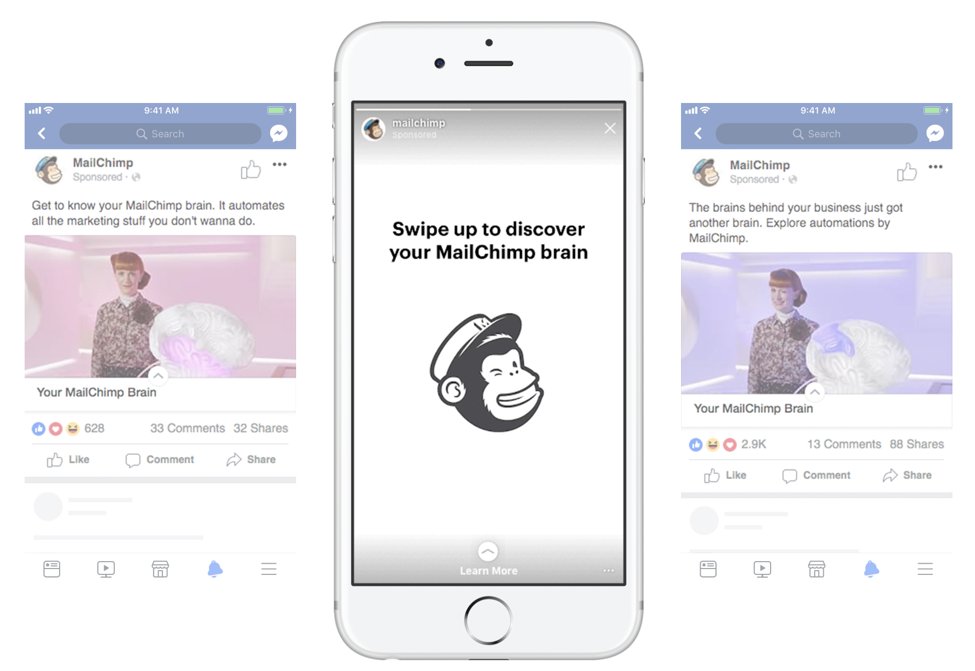
Second Brain by Mailchimp
MailChimp wanted to boost and measure awareness of its brand name in the marketing automation sector. Through a series of Facebook and Instagram Stories ads, Mailchimp positioned itself as your ‘second brain’ remembering to send emails on your behalf. Their quirky branding allowed for creative to match, using videos of a woman speaking to a very large brain.
RESULTS:
These ads resulted in an 18-point lift in ad recall, 10-point lift in brand awareness and a 26-point lift in an association of MailChimp with marketing automation.
TAKEAWAY:
Strong creative helps to drive ad/brand recall. A study from Nielsen and Nielsen Catalina Solutions (NCS) analyzing over 500 campaigns, reported that the majority (49%) of sales lift was due to “creative” (visuals, ad quality, messaging and context). Strong, strategic and visually appealing creative has the ability to take campaign results from so-so to great. Make sure to allow enough time for your creative team to get involved in your campaign process.
10. Weight Watchers for the 21st century by NOOM
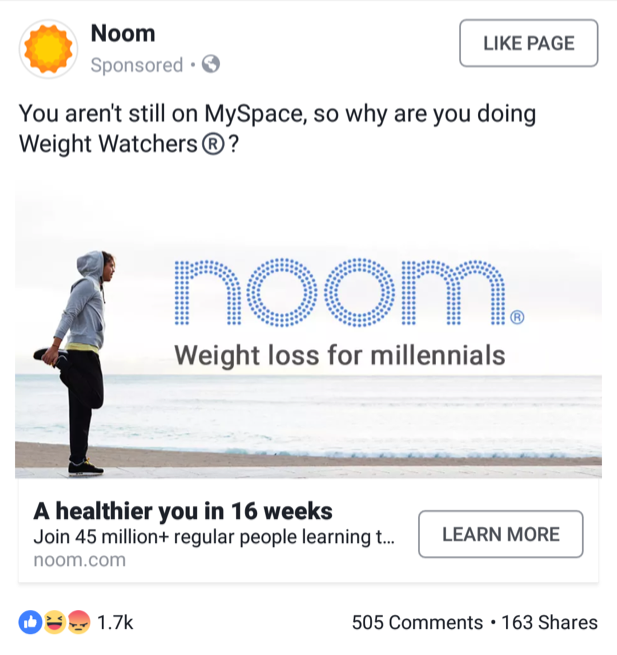
Noom Social Media Marketing Campaign
Fairly new to the weight loss scene, Noom has created a program focused on helping individuals find their healthy weight. The social media ad campaign, with placement on Facebook and Instagram, targeted millennials in the US with messaging that called out its competitor, Weight Watchers, as a dated approach to dieting.
RESULTS:
The ads resulted in over one million new leads and a 5X increase in app users.
TAKEAWAY:
Don’t be afraid to acknowledge your competition. This was a risky move for Noom (a lot of people love Weight Watchers and said so in the comments), but the thought-provoking messaging certainly got people liking, commenting, and sharing their posts. Comparative advertising isn’t always the right answer, but sometimes it is worth the risk.
11. #EXPERIANSTORIES by Experian
Experian is a big credit reporting agency with access to a lot of data. But data is very abstract, and it can be difficult for consumers to understand how data, and the work that Experian does, can impact their lives. #Experianstories was created as a way to help the consumer understand why data is so important.
RESULTS:
This campaign ran from January to June of 2017, reaching over 5.8 million people on Facebook and gaining 1.3 million engagements.
TAKEAWAY:
Use employee advocates. Employees from all different departments of Experian were featured as a part of this campaign. By tapping into the advocates they had within their own workforce, Experian was able to tell authentic stories that the audience could connect to. Fifty percent of employees are willing to post social media messages, pictures, and videos about their employer. Identify these engaged team members and create a program for them to use their voice.
12. #BEYOUROWNBABY by Upstream
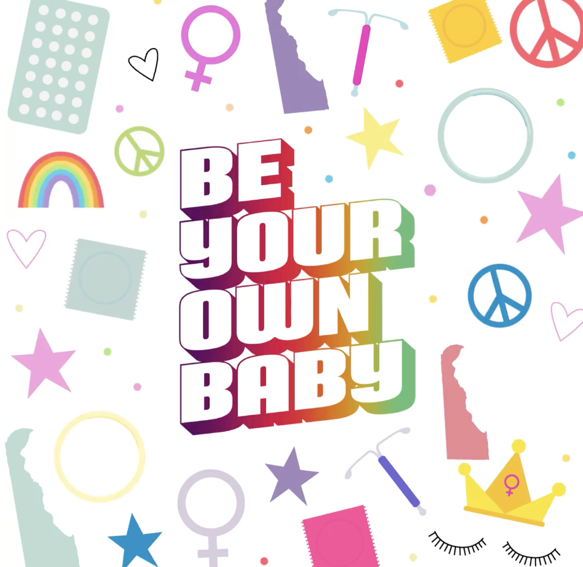
Be Your Own Baby
The #beyourownbaby campaign was launched by women’s health non-profit Upstream to raise awareness for a free birth control campaign in Delaware. Delaware has the highest number of unplanned pregnancies per capita.
RESULTS:
Since it’s launch, the music video campaign has reached 7MM views, with an organic share rate that exceeded company benchmarks by 30%. Branded search volume doubled month over month.
TAKEAWAY:
Use customer research to inform content decisions. Upstream conducted research in order to craft a campaign that would resonate with their target demographic. The result was edgy, female-forward content that educated without being boring or preachy. Don’t assume you know what your customer wants or needs. Take the time to do research, and then make your campaign fill that need.
13. Dog Mom by Barkbox
Known as the second holiday season, Mother’s Day is an important shopping season for retailers. Barkbox saw the holiday as an opportunity to capitalize on the 44% of millennials seeing their dogs as ‘starter babies’.
RESULTS:
The highly engaging, viral video has received 60 million views and 824,000 shares
TAKEAWAY:
Become a relevant part of the conversation. For Barkbox customers, they likely do feel like they are mothers, even if they only have furbabies. Because of this, it makes sense for Barkbox to use Mother’s Day as a marketing tool. No one wants to be the brand that jumps on every single trending topic, but when there is a relevant and authentic way to be a part of those conversations, it’s important to capitalize on it.
14. Eggo Waffles & Stranger Things Social Media Marketing Campaign
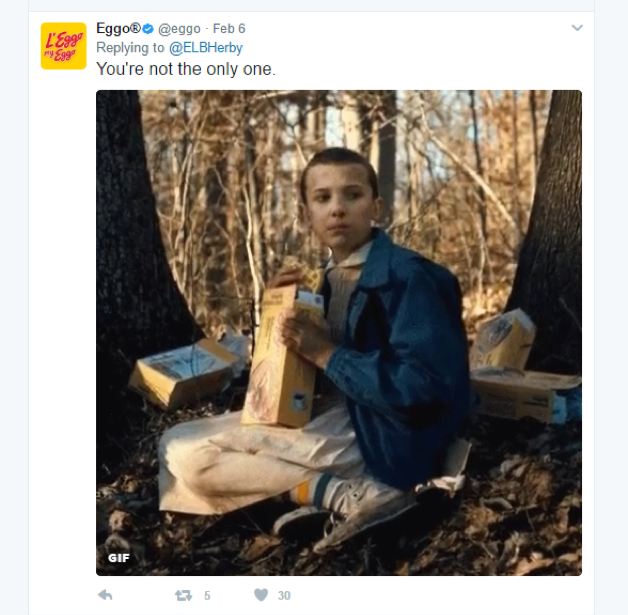
Eggos and Stranger Things
Eggo Waffles enjoyed a lot of product placement in season 1 of the popular Netflix series Stranger Things. Netflix had a Super Bowl ad to promote the launch of season 2, and Eggo knew it needed to make the most of the brand partnership with a coordinated social campaign.
RESULTS:
Mentions for both Eggo and Stranger Things on Twitter earned the waffle brand approximately $201,801 in earned media value and in the 4th quarter of 2017, Eggo consumption saw a +14% year-on-year increase.
TAKEAWAY:
Capitalize on brand partnerships to increase reach. Co-marketing is an effective way to reach new customers, and when done well can lead to resource savings on both ends. When looking for partners, make sure they fit your brand values, have a similar audience, and are willing to craft a campaign that benefits both parties.
Hungry for more social media marketing strategy?
Join us at one of our upcoming marketing conferences – where brand practitioners share case studies and best practices across social media strategy, content creation and marketing, video, ROI, paid media, and more!


